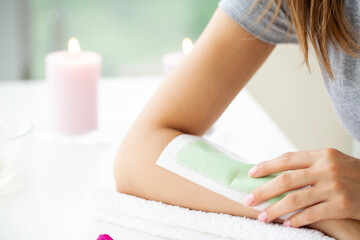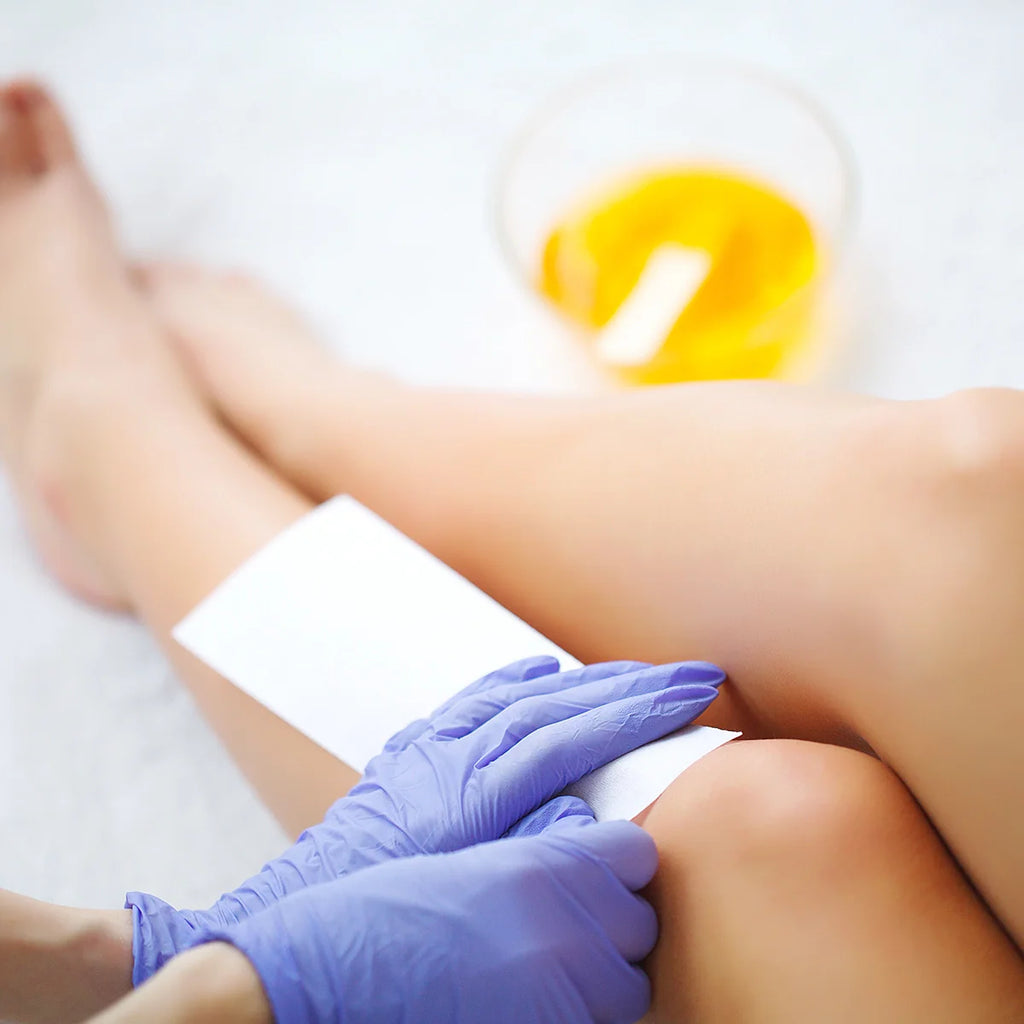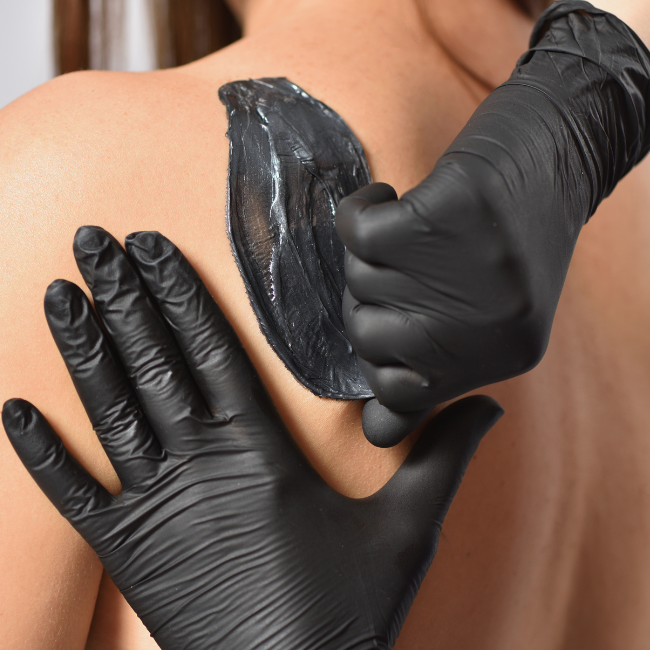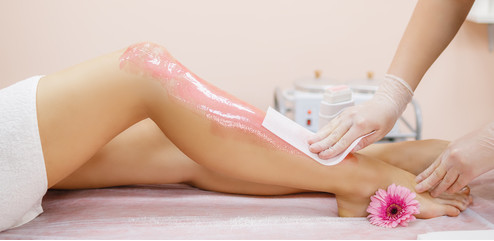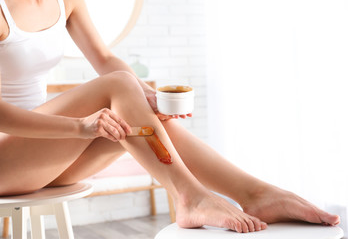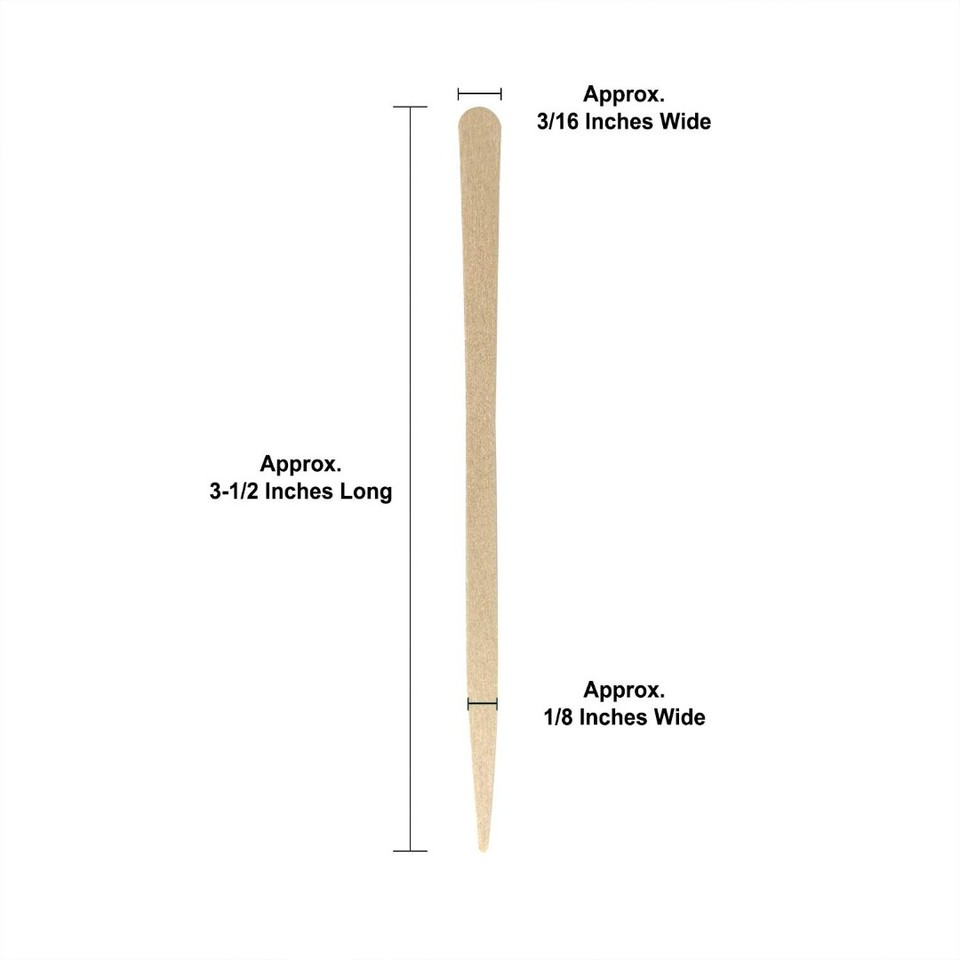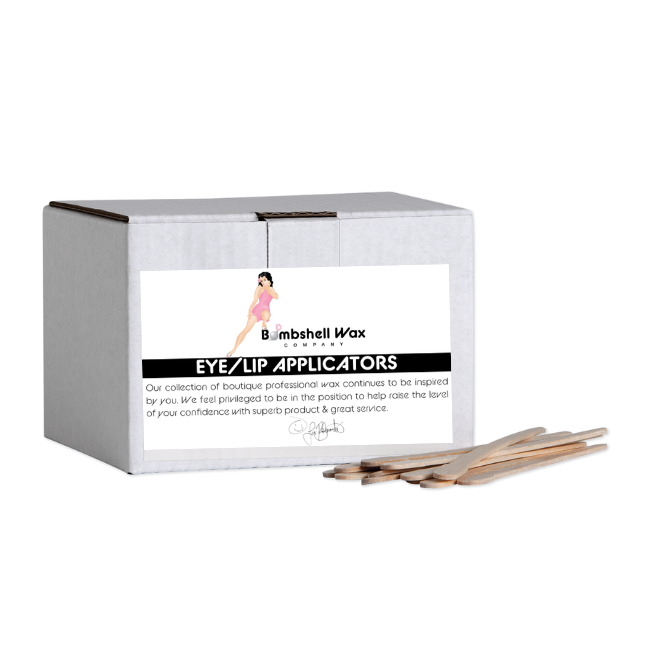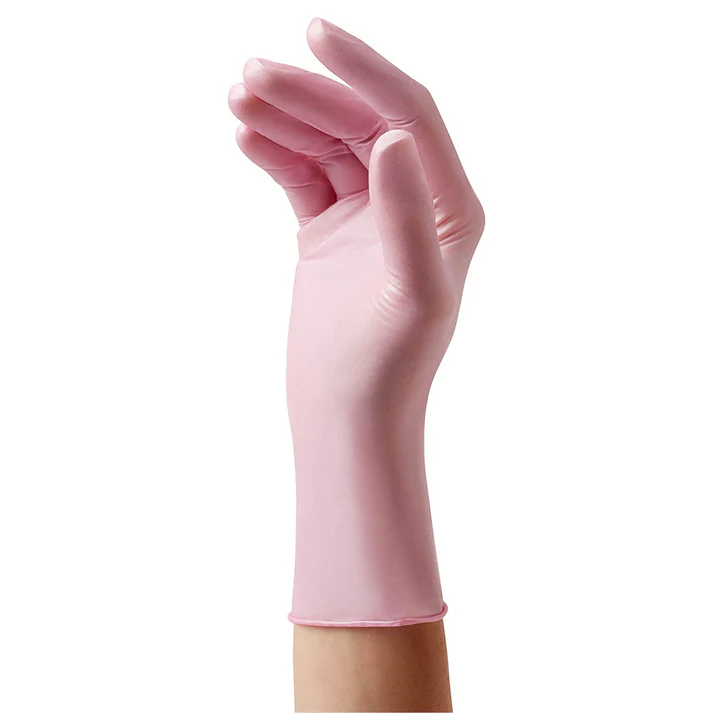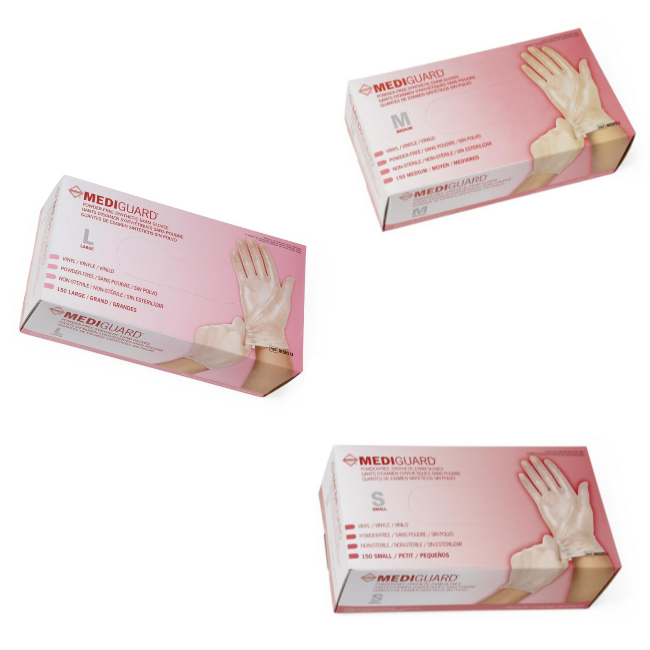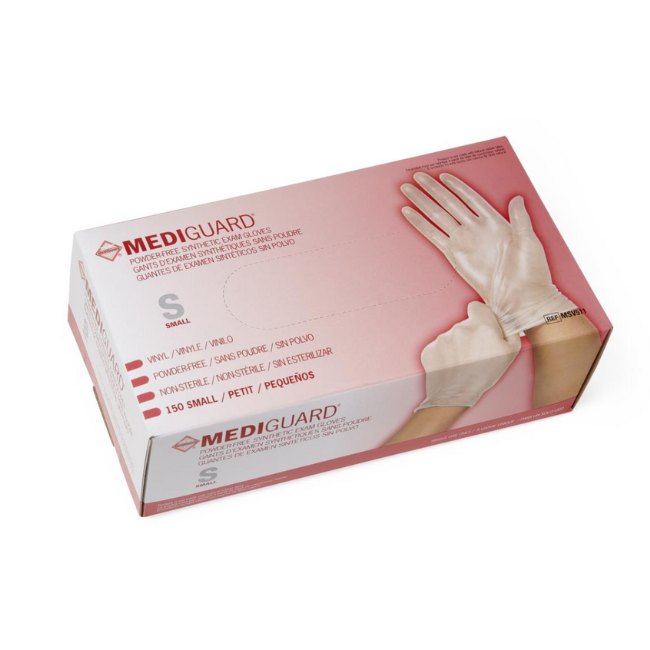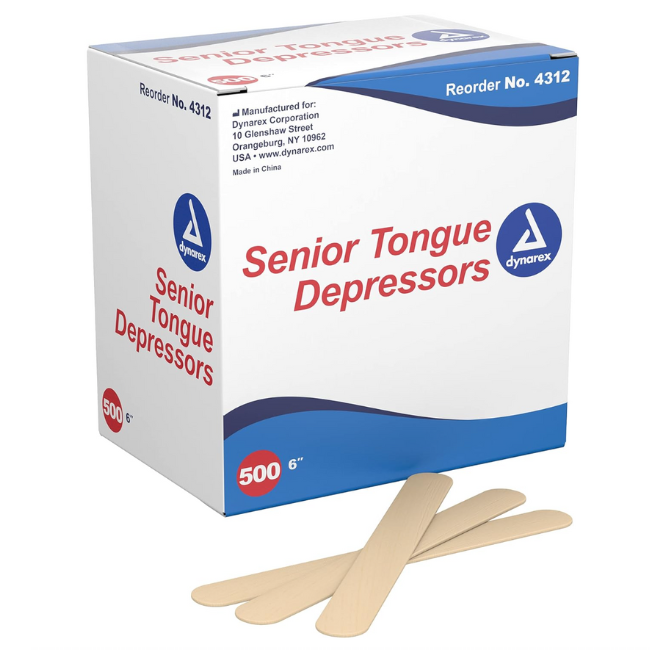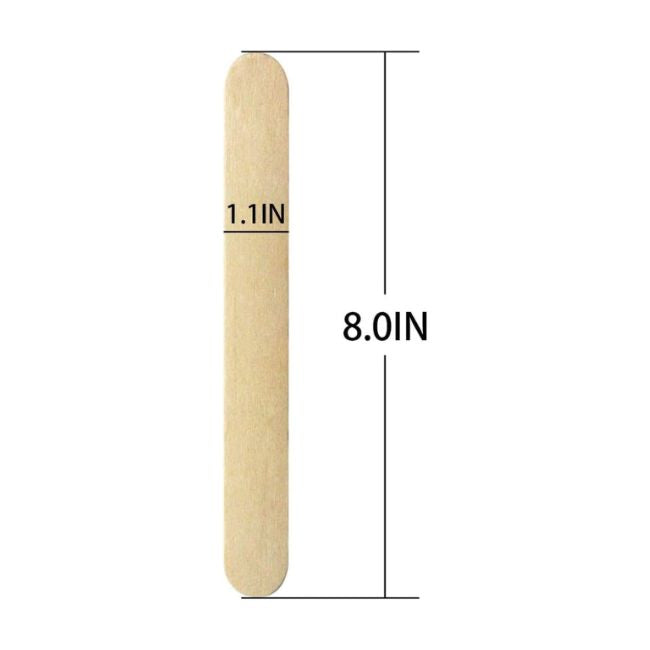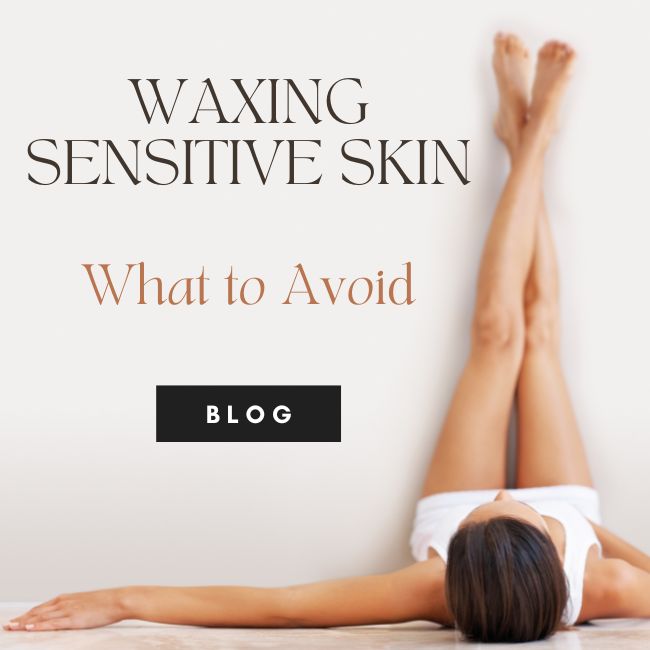

Navigating Sensitive Skin | What to Avoid When Waxing
In the world of beauty and self-care, hair removal is a common practice. From razors to depilatory creams, various methods exist, but one technique that stands out is hair waxing. Waxing, especially when performed by a skilled estheticians & cosmetologists, offers longer-lasting results compared to shaving or creams. However, when it comes to waxing sensitive skin, caution is essential. As licensed beauty professionals, understanding what to avoid is crucial to ensure a comfortable and effective experience for your clients.
Using Harsh Wax Formulas
Sensitive skin requires special attention, which means you should steer clear of harsh wax formulas. Opt for gentle, hypoallergenic wax or soft wax specifically designed for sensitive skin. These formulas are less likely to cause irritation, redness, or allergic reactions. Avoid using hard wax or any wax that contains strong chemicals, as they can lead to discomfort and adverse reactions.
Improper Wax Temperature
The temperature of the wax is a crucial factor in ensuring a successful waxing session. Use hard wax or soft wax with low melting temperatures because wax that's too hot can result in burns or blisters on sensitive skin. On the other hand, if the wax is too cold, it won't adhere properly to the hair, making the hair removal process less effective. Utilize a wax warmer with a working temperature controller, manual or digital, to maintain a consistent temperature. Always test the wax on a small area of skin before applying it to a larger area to prevent burns.
Inadequate Skin Preparation
Properly preparing the skin before applying wax is essential, especially for sensitive skin. Neglecting to cleanse and dry the skin thoroughly can result in less effective hair removal. Use an oil or cleanser specifically designed to treat the skin before waxing. Otherwise, certain oils, lotions, or any residue on the skin will interfere with the wax's ability to adhere properly. Make sure the skin is clean and dry before applying the wax to achieve optimal results.
Removing Hair from the Root Incorrectly
The goal of waxing is to remove hair from the root, but improper technique can lead to broken hair or incomplete removal. Always pull the wax strip or wax patch in the opposite direction of hair growth and keep the skin taut to minimize discomfort. For sensitive areas, like the bikini line or underarms, opt for smaller sections and take your time to ensure thorough hair removal.
Ignoring Post-Wax Care
After the hair removal process, the skin is particularly vulnerable and needs some post-wax care. Neglecting this step can lead to redness, ingrown hairs, or irritation, especially on sensitive skin. Applying a soothing, alcohol-free post-wax lotion can help calm the skin and reduce redness. Additionally, advise your clients to avoid hot showers, saunas, and activities that cause excessive sweating immediately after waxing to prevent further irritation.
Using Melted Wax that's Too Hot
While wax warmers are essential tools for estheticians, using melted wax that's too hot can be problematic for sensitive skin. It's important to check the wax's temperature before applying it to the client's skin. If the wax feels uncomfortably hot, allow it to cool slightly before application. Always prioritize your client's comfort and safety during the waxing process.
Overdoing It with Soft Wax
Soft wax is a popular choice for hair removal as it adheres to the skin and hair, making it effective in pulling out even fine hairs. However, using soft wax excessively on sensitive skin can lead to irritation and redness. Limit the number of times you apply and remove wax from the same area, as repeated waxing can compromise the skin's integrity.
In Conclusion
Waxing sensitive skin requires finesse, attention to detail, and a deep understanding of the client's skin needs. As estheticians & cosmetologists, avoiding common pitfalls is crucial for providing a comfortable and effective hair removal experience. Choose gentle wax formulas, maintain appropriate wax temperatures, prepare the skin adequately, and offer post-wax care advice. By following these guidelines, you can ensure that your clients leave your salon with smooth, hair-free skin and a positive impression of their body hair removal experience.



